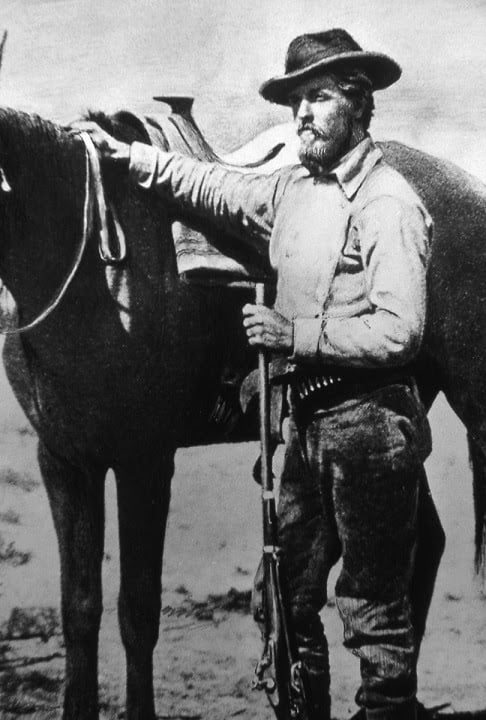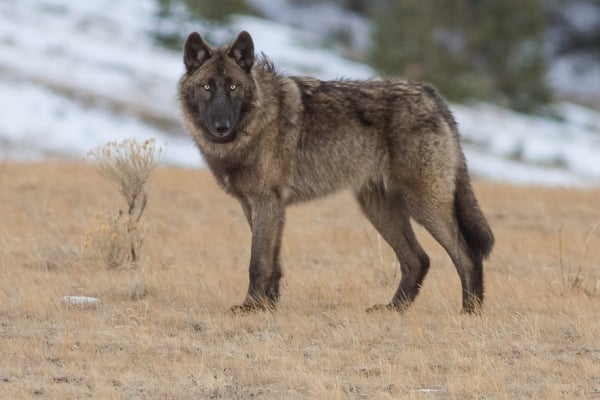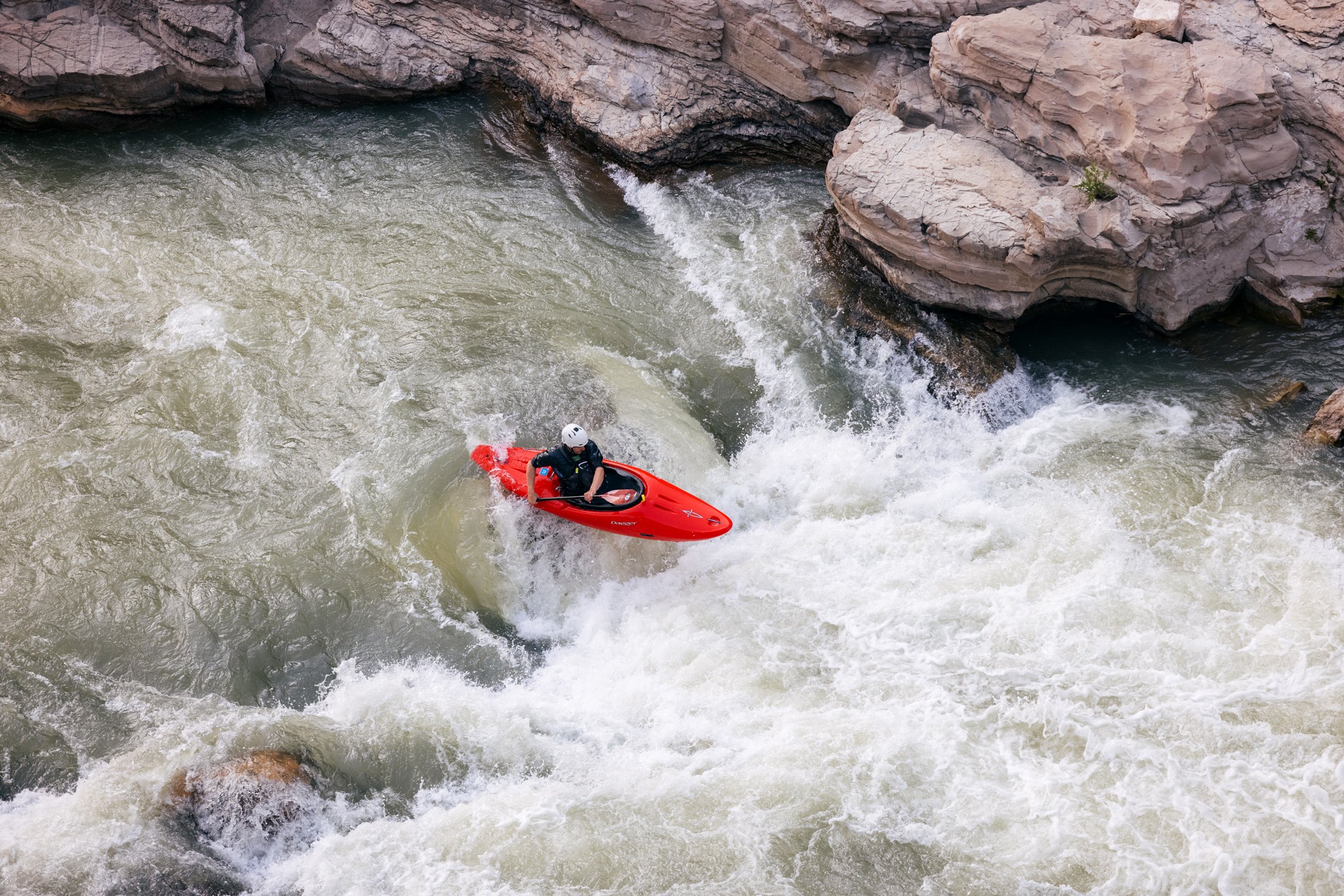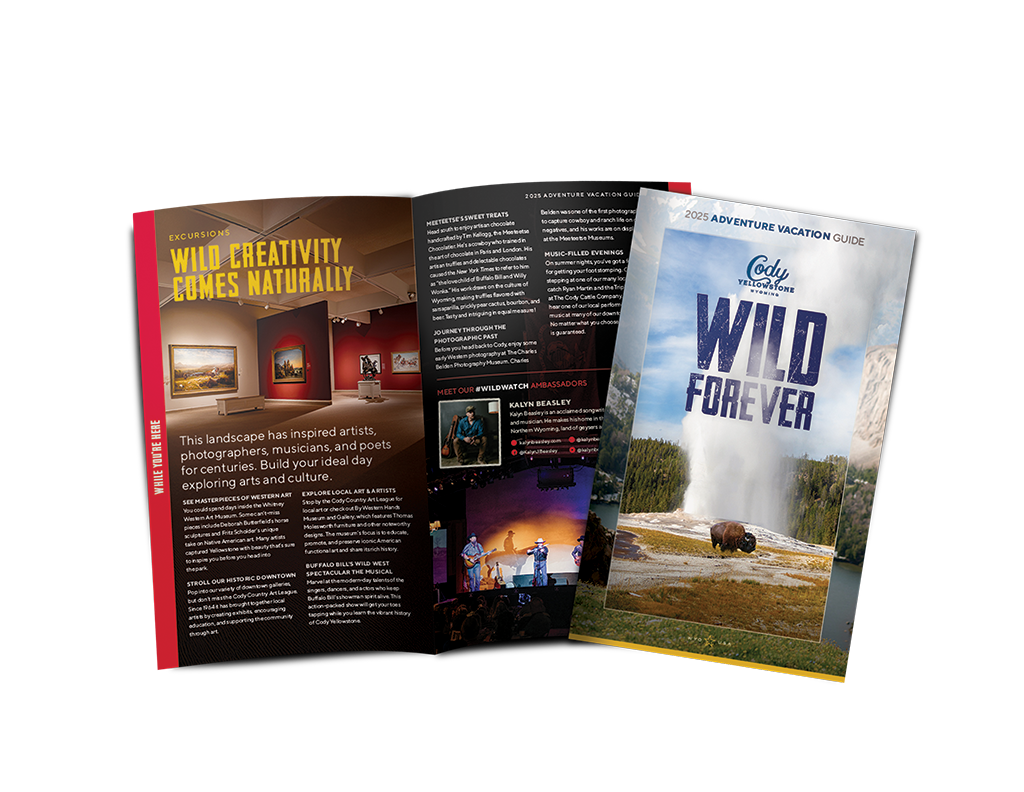

April 21, 2025

April 21, 2025

March 31, 2025

March 27, 2025



CODY, Wyo., Sept. 30, 2021 – The world’s first national park is turning 150 next year, and visitors from around the world are expected to travel to Yellowstone National Park to mark the anniversary and seek inspiration in its vast and multi-faceted wonders.
Approximately 96 percent of the park is located in the northwestern corner of Wyoming and small parts of Montana and Idaho. The 2.2 million-acre park is visited by more than 4 million people every year. The park is known for its stunning wilderness landscapes; abundant wildlife such as bison, elk, pronghorn, wolves and raptors; geothermal features including geysers, hot springs, fumaroles, travertine terraces and mudpots; and compelling human history.
“The creation of a national park to protect it from development was a remarkably novel idea in 1872, but those of us who love our national parks and are committed to protect them are eternally grateful for the forward thinking members of Congress who advanced what’s been called ‘the best idea we ever had,” said Ryan Hauck, director of Cody Yellowstone, the marketing arm for the region that includes parts of the park as well as the gateway communities of Cody, Meeteetse and Powell.
Hauck is referring to the famous quote by novelist, environmentalist and historian Wallace Stegner, who was known as the “Dean of Western Writers.” Of national parks, Stegner wrote: “National parks are the best idea we ever had. Absolutely American, absolutely democratic, they reflect us at our best rather than our worst.”
The park’s story, in brief
Following is a summary of the massive park’s history, based on the detailed information found in the park history section of the Yellowstone National Park website.
Finding Yellowstone
Archaeological evidence of early inhabitants from more than 11,000 years ago has been discovered throughout the region, and many tribes – including Crow and Sioux – are known to have wandered and lived in the area. Fur traders arrived in the region in the late 1700s to trade with Native Americans. It wasn’t until the 1800s, however, when organized expeditions of explorers began to study the area seriously and systematically.



